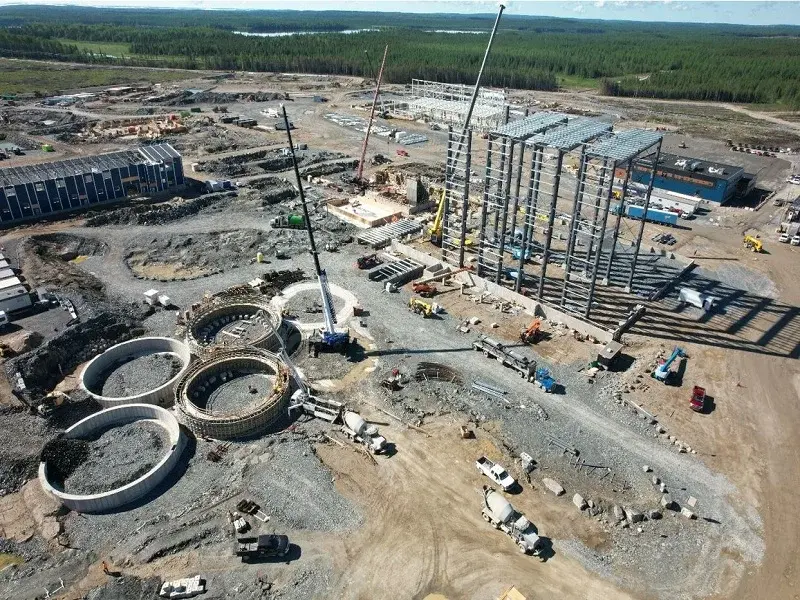After a 27-year delay marked by setbacks and scandals, the world’s largest mining project is expected to commence in Guinea.
It is a $20 billion iron ore, rail, and port development project in the Simandou mountains of south-eastern Guinea, West Africa.
Rio Tinto, a UK-listed company, initially secured an exploration license for the Simandou mountains in 1997.
However, the project has been delayed by political instability in Guinea, changes in leadership, legal battles, corruption allegations, and failed sale attempts.
This project involves multiple stakeholders, including Rio Tinto, the Guinean government, and at least seven other companies, with five from China.
It is a collaborative effort to overcome the immense costs associated with the development. Additionally, it reflects a new era in co-development.
The project further includes the construction of two iron ore mines, Simfer and WCS, in partnership with China’s Chinalco and Baowu consortiums, respectively.
The parties will also fund a 552km railway through Guinea’s mountainous terrain and a deep-water port on the Atlantic coast.
Moreover, they must also fund an additional 70 km rail spur to connect its mine with the main line.
Rio Tinto’s share of the total cost is estimated at $6.2 billion, which surpasses the company’s annual capital expenditure.
For Bold Baatar, the Chief Executive of Rio Tinto Copper, this is essential for sourcing the significant metal volumes needed to build a green economy.
“Historically, when you look at the mining industry, each mine had their own infrastructure. At Simandou. The capital number is so big for any single party,” Batar stated.
Read Also: Mining Indaba: World’s Largest Mining Event to Set Stage in South Africa
Rio Tinto’s Resilience
In 2016, after facing a series of challenges, Rio Tinto tried to withdraw from the project and agreed to sell its stake to Chinalco for $1.3b.
However, Beijing, which is responsible for endorsing foreign investments and divestments by state-owned enterprises, never approved it.
As a result, the project remained in Rio Tinto’s portfolio.
Baatar highlighted that Simandou’s high-grade ore is now more appealing due to the imperative to decarbonize steelmaking.
“The fundamental shift in the last number of years has been that the world is far more in agreement on climate change,” he said.
The steel industry’s carbon-intensive processes, responsible for approximately 8% of global carbon emissions.
Therefore, the industry is considering alternatives like direct reduced iron technology, treating the ore using hydrogen and carbon monoxide, rather than coke.
Such processes require high-grade iron ore, which is increasingly hard to find in large quantities.
This project aims to contribute to the decarbonization of the Chinese steel industry, China being the world’s largest steel producer.
Groundwork is already underway along the rail corridor, and Rio Tinto plans to begin shipping ore in 2025.
Simandou targets 6M tons yearly by 2028, constituting 5% of the global seaborne iron ore market, a significant contribution.
Despite political challenges, including Guinea’s military rule since 2021, Rio Tinto remains undeterred.
Baatar added that Rio Tinto has worked in Guinea for long, and he’s confident they’ll keep their promises.
“We have been operating in Guinea for over 50 years, through various governments and various forms of governments.
“There is a strong legacy of institutional memory and commitment to honor the contracts that were set.” Baatar asserted.


